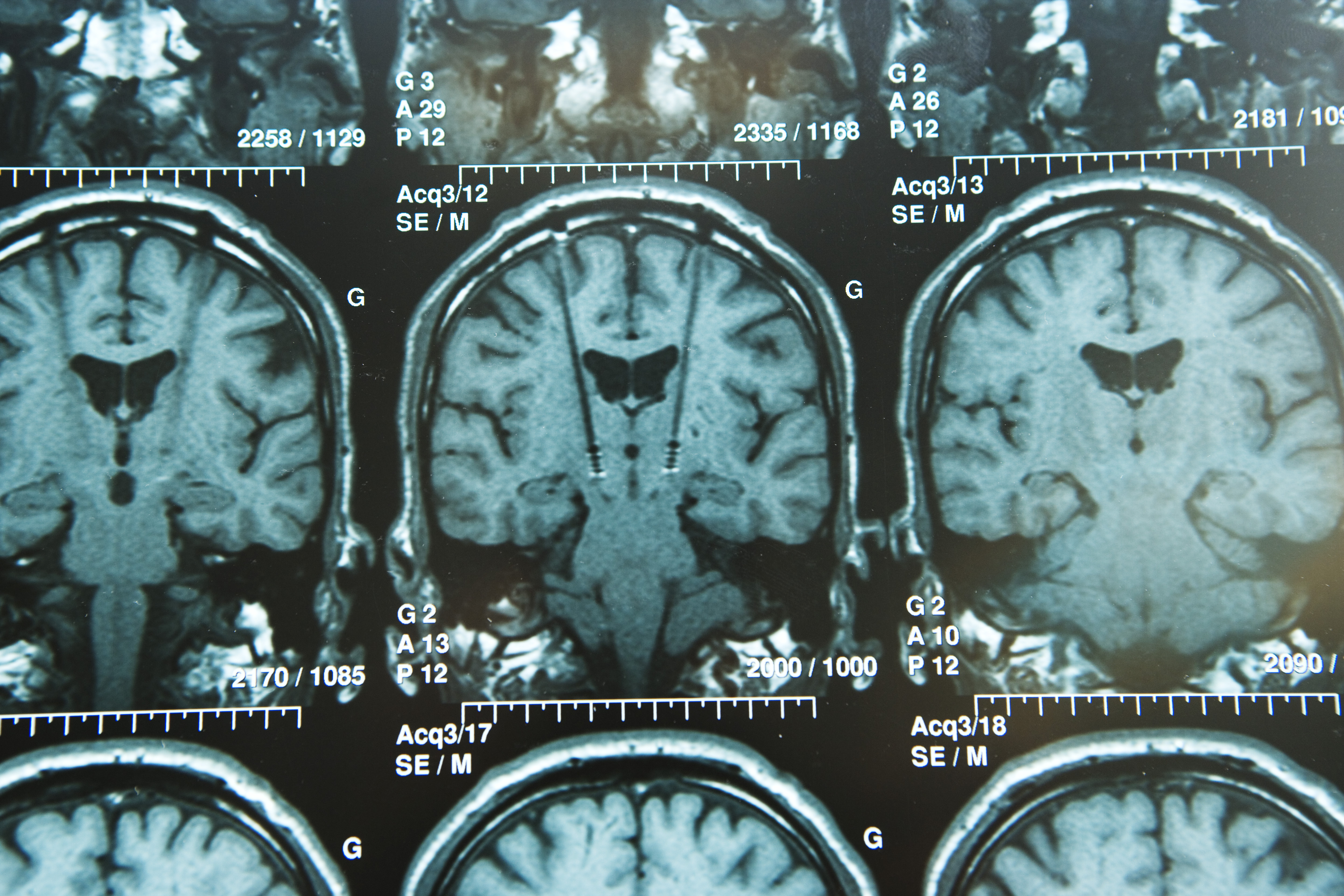Improving Deep Brain Stimulation for Parkinson’s Is Focus of EU Initiative

A European Union research initiative called IMPACT is making headway into improving and individualizing deep brain stimulation (DBS) for Parkinson’s disease.
DBS can be a treatment for Parkinson’s disease that has not responded to medication. DBS involves implanting an electrode in the brain and a stimulating device in the chest. The stimulator calms down over-active regions of the brain that control movement, which can help reduce motor symptoms in some people with Parkinson’s.
Unfortunately, DBS can be associated with side effects including speech or balance problems, numbness or tingling, muscle tension, and changes in mood. This may be because stimulation also occurs outside the target motor region in 15 to 30 percent of patients with DBS.
The IMPACT (Improving the lives of Parkinson’s disease patients while reducing side effects through tailored deep brain stimulation) research team seeks to change DBS-related side-effects. The four-year European project focuses on providing individualized DBS treatment through the use of brain imaging, electrical recordings brain activity, and statistical data.
Hubert Martens, director of product development at Medtronic and coordinator of the project, said IMPACT focuses on using imaging, advanced modeling, and analysis to precisely identify areas of the brain that need stimulating for optimal effect and the areas to be avoided because of their close relation to certain side effects.
“We integrated that information into algorithms and an intuitive tool which is able to help guide programming decisions by a physician managing the therapy for DBS patients,” Martens said.
The technology developed by the program will allow more precise surgical placement of the stimulating device, and modifications of the stimulation to optimally reduce Parkinson’s symptoms without causing side effects. Modifications in intensity or frequency of stimulation could be individualized according to a particular patient need.
Although the main focus of the IMPACT project has been on Parkinson’s, the research team also studied other disorders such as essential tremor, dystonia, and obsessive-compulsive disorder.
The team plans to introduce better DBS stimulation options to physicians and patients with Parkinson’s as soon as possible.
“The outcome of this initial study will drive our further plans in terms of additional steps needed to further develop and commercialize this technology. These steps will drive the timeline,” Martens said.






